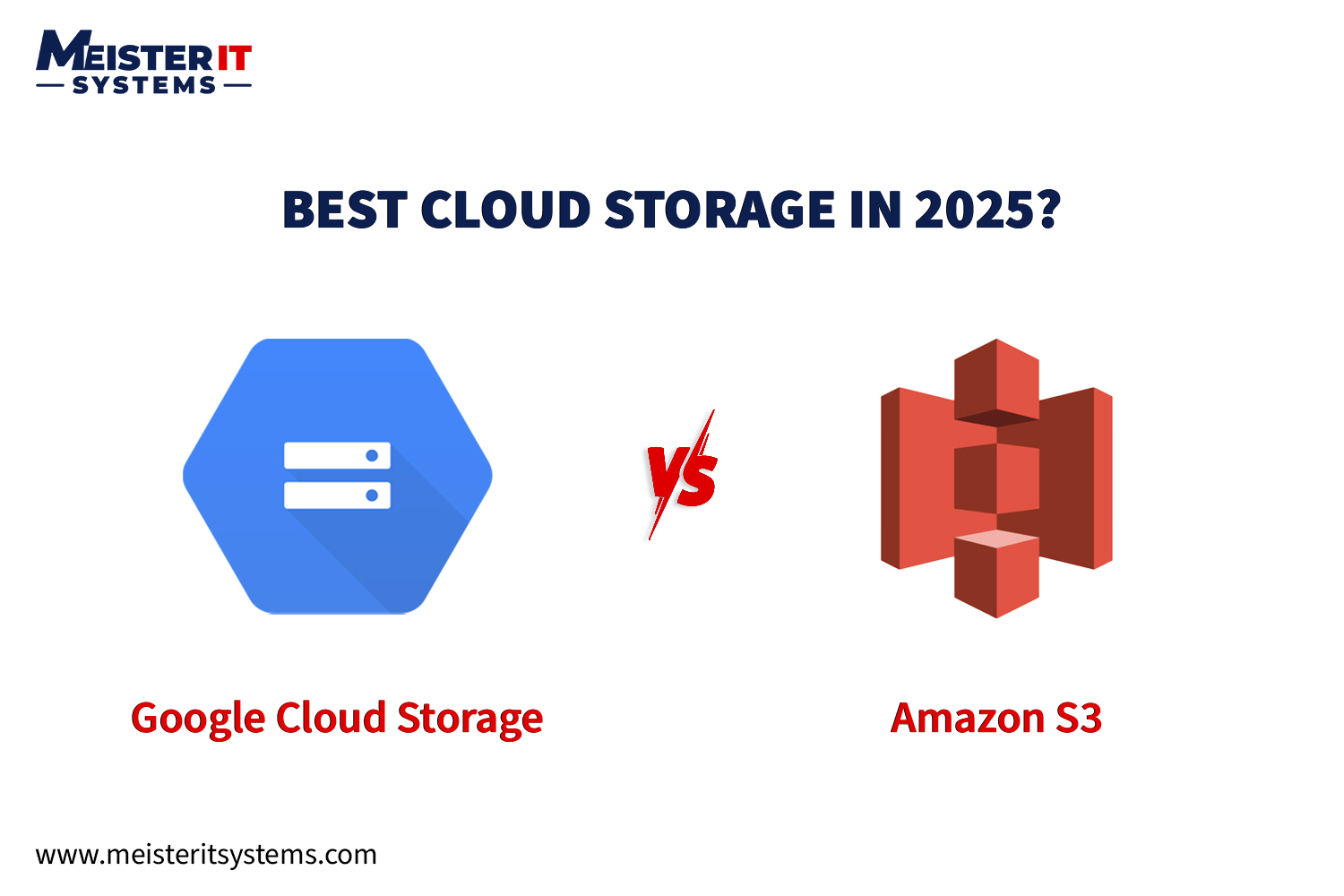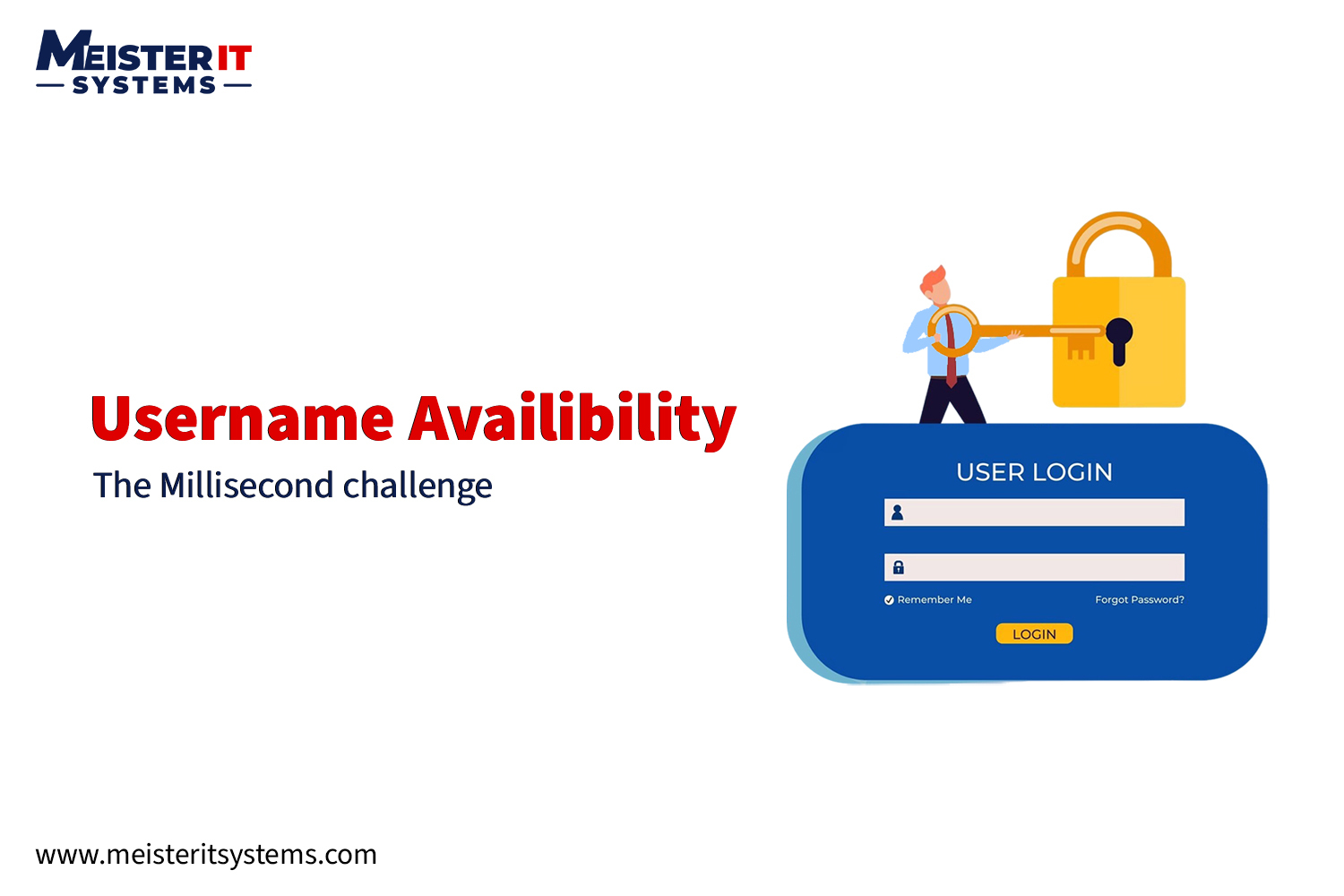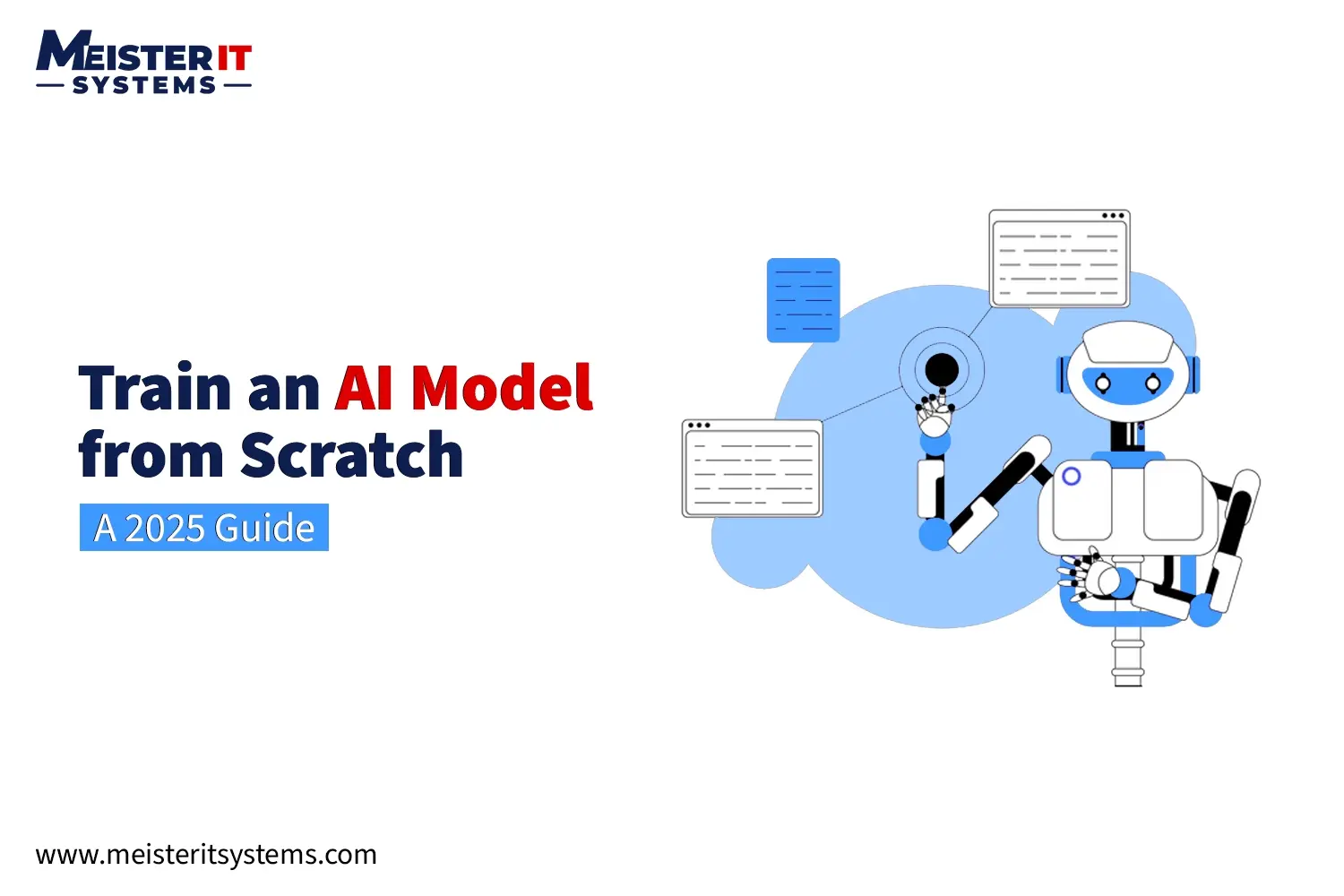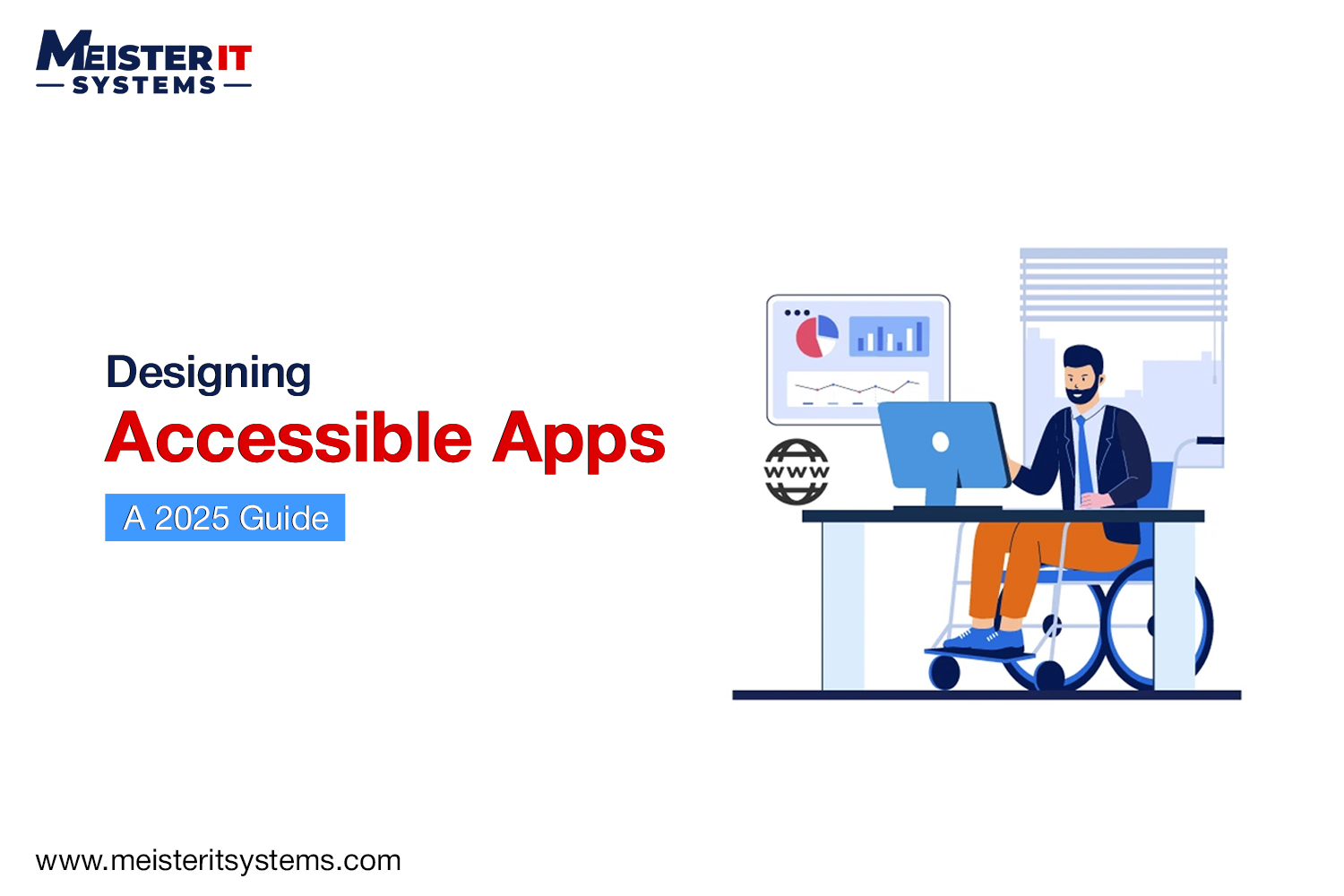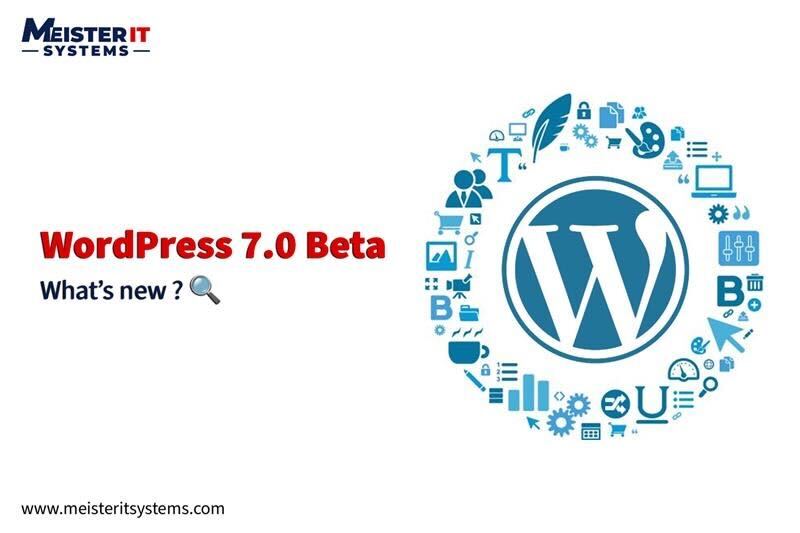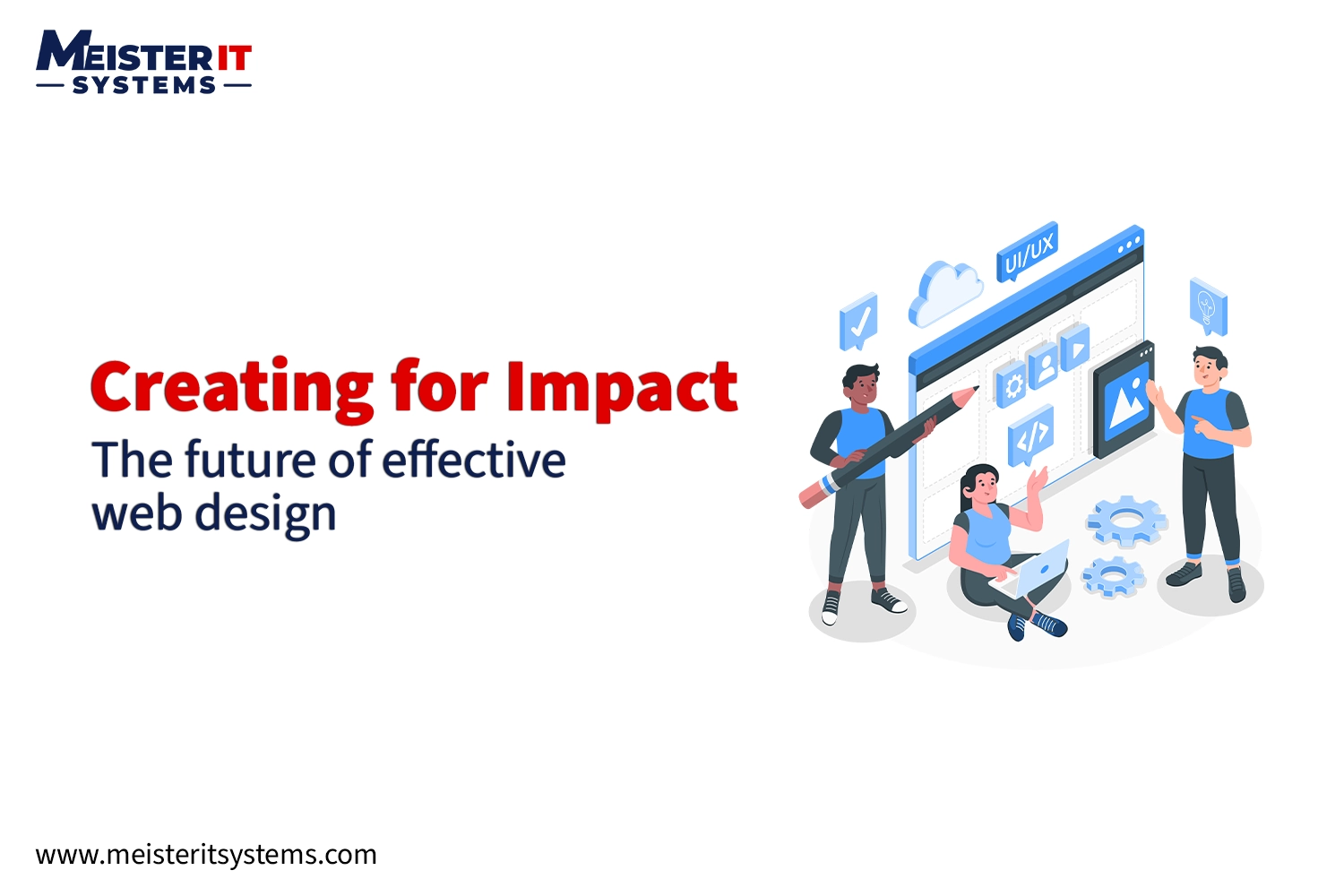
Your website is often the first — and sometimes the only — touchpoint a user has with your brand. Within seconds, visitors form an impression that determines whether they stay or leave. That decision is driven by how your site looks, feels, and functions. Effective design and smart development come together to shape that critical moment.
Great web design is not just about style. It should:
- Reflect your brand clearly
- Be fast and responsive
- Offer a smooth user journey
- Guide users to take action
In this blog, we’ll explore what makes web design effective and how you can build websites that attract, engage, and convert.
What Makes Web Design Effective?
Effective web design blends aesthetics with functionality. It creates a visually appealing space that helps users achieve specific outcomes. This includes clear visual hierarchy, intuitive navigation, fast load times, and mobile responsiveness.
A successful design connects brand identity with user intent. It builds trust, offers clarity, and guides the user journey seamlessly. Each design decision should reflect business objectives while enhancing user satisfaction. A strong design not only attracts users but also leads them to take meaningful actions. It supports credibility and improves engagement.
Mobile-First and Consistent Across Devices
Most users begin their journey on mobile. That makes mobile-first design essential. Prioritizing key content, optimizing layout for touch gestures, and ensuring fast mobile performance are now basic requirements.
Mobile-first design starts with small screens and then scales up for larger devices. This ensures better focus and functionality. Responsive frameworks facilitate seamless transitions across phones, tablets, and desktops. The result is a smooth and consistent experience regardless of the device being used.
Speed is Not Optional
Website speed directly impacts user experience and SEO. A delay of just a few seconds can increase bounce rates and reduce conversions. Fast-loading websites use compressed images, minified code, and techniques like lazy loading to improve performance.
Tools like Google PageSpeed Insights and Lighthouse help identify slow elements and offer optimization suggestions. A faster website leads to better engagement, stronger SEO rankings, and higher retention rates.
Accessibility Matters
Accessible websites reach a wider audience. Designing for accessibility means making your site usable for people with disabilities. This includes support for screen readers, proper contrast ratios, keyboard navigation, and descriptive alt text.
Following WCAG standards ensures compliance and inclusivity. Accessibility also improves overall user experience by enforcing consistency and clarity. It reflects a brand’s commitment to serving all users, which in turn strengthens trust and credibility.
Design that Feels Alive
Microinteractions such as hover effects, button animations, and visual feedback create a dynamic user experience. These small touches help users understand what is happening and make the interface feel responsive.
For example, a button changing color on hover or a form showing validation feedback enhances interaction. These subtle design elements improve engagement without overwhelming the user. Motion should be purposeful and aligned with the brand experience.
Build a Visual Story
Every element on the site contributes to its story. Colors, typography, images, and layout work together to convey brand identity. A cohesive visual strategy improves clarity and builds trust.
Use custom illustrations, icons, and hero visuals to create emotional impact and guide attention. Consistency across pages ensures users feel oriented and connected to the brand. Visual storytelling keeps users engaged and improves message retention.
Personalization and User Behavior
Websites that adapt to user behavior offer more relevant experiences. From product recommendations to dynamic landing pages, personalization boosts engagement and conversions.
Behavioral insights and tools like analytics or AI can be used to display tailored content. Returning users may see personalized greetings, location-based content, or suggestions based on past activity. This improves relevance and encourages deeper interactions.
Keep It Clear and Simple
A simple and clean layout helps users focus. When the design avoids clutter and presents content clearly, it reduces confusion and improves task completion.
Use strong visual contrast, organized content blocks, and straightforward navigation. Clear calls to action guide users and support decision-making. Simplicity improves both usability and user satisfaction.
Respect User Choices
Offering customization options improves user experience. Features like light or dark mode, font size adjustment, or layout preferences cater to different user needs.
Giving users control makes them feel valued and comfortable. It enhances accessibility and shows that the brand respects individual preferences. These small features lead to higher engagement and retention.
Design with Ethics in Mind
Ethical design means being transparent and respectful. Avoid manipulative patterns that trick users. Be clear about how data is collected and used. Use opt-in forms, simple cookie banners, and honest messaging.
Users trust brands that are open and fair. Ethical design reduces legal risk, builds stronger relationships, and creates a safer online environment. It shows integrity and long-term thinking.
Conclusion
Effective web design is not just about appearance. It is about performance, accessibility, personalization, and trust. A strategic approach that blends user needs with business goals leads to better outcomes.
At MeisterIT Systems, we help businesses design and develop high-performance websites that are responsive, fast, and built for impact.
Want a website that delivers results?









